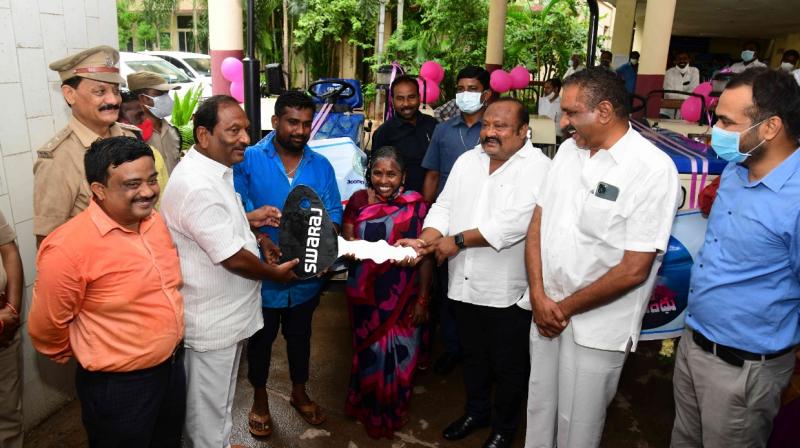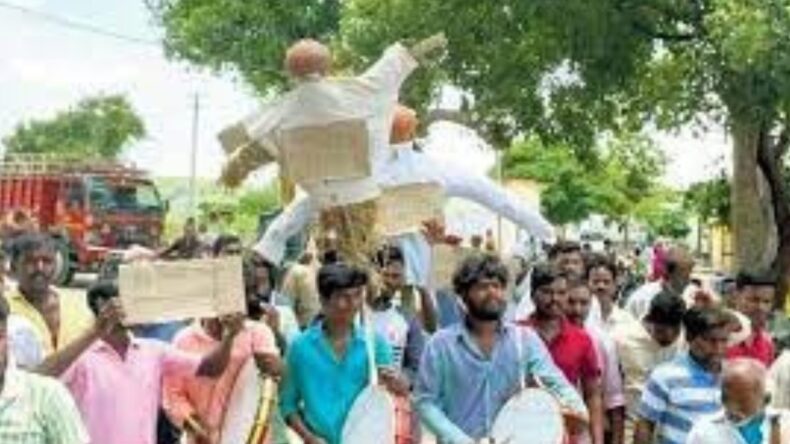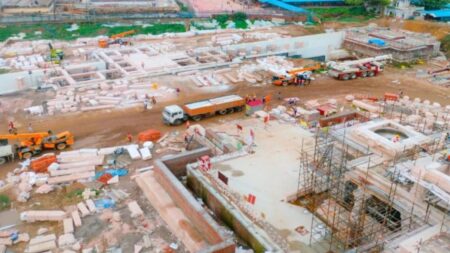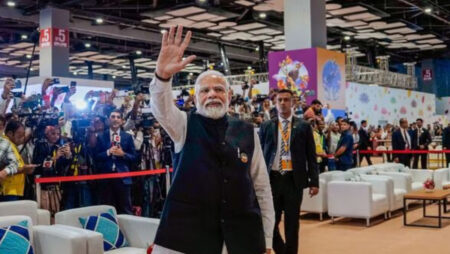The BRS (Bharat Rashtra Samithi) government is facing harsh criticism for suspected anomalies in the selection of candidates for its flagship Dalit Bandhu scheme. Assertions that the selection procedure is influenced by commissions requested by ruling party members and that unqualified people who are financially secure are being selected as beneficiaries are raising concerns from various parts of the formerly Medak region.

Effigies of sarpanches, MPTCs, and Chief Minister K. Chandrasekhar Rao were burnt by the protestors in Gajwel, which was represented by the CM himself. In Kondapaka Mandal, Ankireddypally villages have seen frequent rallies by Dalits.
Dalits assert that local public officials demanded Rs 1Lakh from nine beneficiaries, in order to choose them for the Dalit Bandhu scheme. Additionally, they asserted that people who had used the benefit were not truly in need.
Places where the protests were held in Telangana
The citizen of Ankireddypally organized four-day protests to demand that poor Dalits be given the proper share of land, employment, and property. They have spoken with district collector Prashanthi Jeevan Patil about their complaints.
Similar to this, Dalits organized a protest and burned Chief Minister’s effigy in Gummadidala, Patancheru constituency. Dalits in Sangareddy Town’s Rajampeta Colony pleaded with the district collector to allocate monies to truly disadvantaged Dalits rather than those who are wealthy.
Main Objective of the Dalit Bandhu Scheme?

The Dalit Bandhu Scheme’s main objective is to improve the economic situation of Dalits who are struggling financially. The program sanctioned 100 recipients per constituency in its initial phase and 1,100 beneficiaries per constituency in its subsequent phase.
However, there have been problems with the application procedure. Instead of accepting applications directly from the recipients, the authorities are only accepting those that have been approved by MLAs and BRS constituency in-charges. Some applicants who came to the SC corporation office were instructed to ask MLAs for recommendation
To qualify for the Dalit Bandu Scheme, the recipients’ yearly income cannot be more than Rs 1.5 Lakh in rural regions and Rs 2 Lakh in urban areas. Additionally required is a current ration card. Some applications have been turned down because ration card submissions were incomplete.
Manipulation of applications done under the Dalit Bandhu Scheme

This practice has caused an influx of applications from supporters and activists of the ruling party to the MLA offices. Applications that pass muster with the officials are referred to the district collector for final clearance. These applications are then forwarded to the municipal commissioners in urban areas and the Mandal development officers in rural regions before being processed online.
The old Medak district has numerous public representatives who have yet to submit applications to the collector. T Jayaprakash Reddy, the Sangareddy MLA, submitted 1,500 applications, and Chinta Prabhakar, the BRS constituency chair, submitted to investigate these applications, enter the information online and examine them on the spot. The MLAs will recommend eligible applicants for the Dalit Bandhu Scheme.
Critics claim that lower-level politicians are asking recipients for large payments, ranging from Rs 1lakh to Rs 3 lakh, in order to ensure their selection. Notably, the second phase of the scheme’s districts has not yet received funding from the government. Funds would be granted after beneficiary selection proposals are filed, according to Ramachari, executive director of SC Corporation for the Sangareddy district.
It’s important to note that there is no online application process for the Dalit Bandhu scheme, and only offline applications are accepted. A total of 677 recipients were chosen for the program’s inaugural phase from the districts of Mahabubabad, Hanamkonda, and Mulugu. Under the condition of anonymity, officials stated that the list would be evaluated by the district collector and local MLA.













